The Being Oliver Anthony conundrum
DM has a post up on the latest doin’s Oliver-wise.
Is economically illiterate. He cancelled his show because he won’t do it unless he is paid $120,000, with the venue only charging $25 a ticket.
Don’t buy Cotton Eyed Joe tickets for $99 apiece. Sure as hell don’t buy tickets for VIP passes for whatever bulls–t prices they’re on. Don’t pay $100 for a ticket. If we’ve got to cancel the venue and play somewhere else, we will
Unfortunately this kind of economic self sabotage is common:
- Complains about poverty
- Doesn’t understand money
- Demands $120,000 for a 60 min performance
- Cancels the performance he agreed to do because he thinks ticket price is too high
The venue only holds 1,500 people. Oliver’s take costs the venue $80 for each ticket, assuming that the show is sold out. He moved the concert to a larger venue (Knoxville Convention Center) which holds 10,000 people. Now his take costs $12 per ticket. The rest of the costs of the venue, as well as profit for the venue, have to come from the other $13.
Do you think he learned about economy of scale? Or does he still not understand how money works?
There’s even more to it than just that, as I pointed out in a comment over there:
Mike Hendrix · September 19, 2023 at 4:03 pm
While I very much doubt Oliver is unaware of what his asking price might be, his booking agent/manager/whatever will be the one setting that, on a whatever-the-market-will-bear basis. 120k per gig is a pretty sweet payday for a mid-level-venue artist, no matter how you slice it.
Back in Dec 92, my band played a three-night stand, two shows a night, at Tramps in NYC opening for Little Richard, billed as a “60th birthday celebration.” I became good friends with Richard over those three nights, who was absolutely thrilled with us–even going so far as to give my manager and myself his home phone number so’s a European tour as support act for Richard could be arranged.
I know for a fact Richard made 60k per night for those three nights. And that was Little Freakin’ Richard, the Architect of Rock and Roll (as he called himself), who by then had been one of the biggest stars in the rock and roll firmament for more than forty years. No Johnny Come Lately, one-hit-wonder flash in the pan, he. The shows were all sold out, SRO crowds each show, each night.
I also know a thing or two about venue expenses that people not in the biz may not. One of the bigger outlays for any venue is for security; the number of security personnel required for any given show is set not by the venue owner but by their insurer. Other staff–bartenders, waitresses, doormen, stage management, sound engineers, lighting techs, etc all add up pretty quickly, and that’s before you even get to things like building rent/mortgage, property taxes, various licenses, electricity bill, liquor and beer, cups and glasses, etc etc.
If the venue had agreed to anything less than 100 bucks a ticket, they’d’ve almost certainly lost their ass on the booking. Do that on the regular and you’ll be well on the way to going under, becoming a FORMER venue. Y’know, like Tramps is today.
And even that doesn’t begin to cover every expense involved here: the venue cleanup-crew; toilet paper for the ladies’ room; bar tools like shaker cups, strainers, speed-pour bottle tops, swizzle sticks, and such; brooms, mops, mop buckets, and bar towels; trash bins; ice machines; audience seating; and so on and on and on.
Many mid-level venues (ie, 1500 to 3000 seaters; think House Of Blues or the Agora chain, say), in addition to the house sound system, provide what’s called a backline—guitar amps, bass amp, and/or drum kit—for their shows, free of charge to the artist. If a certain band has a keyboard player, just imagine what it costs to rent a grand piano or Hammond B3 organ and have a crew load, deliver, unload, and rassle that heavy-ass monster into position onstage!
Trust me, it ain’t cheap. NONE of it is; taken altogether it all adds up to a pretty daunting list, most of those costs incurred before you’ve even opened the doors for your first show.
The sad fact is that live-music venues are on extremely shaky financial ground from Day One of their usually-truncated existence. Just think for a moment of all the venues you used to know and love that are long gone now, wherever you may be. Here in CLT alone, I can think of quite a few: PB Scott’s; Kidnappers; Tremont Music Hall; the Pterodactyl; Park Elevator (where I once rode my old Shovelhead FLH—apehangers, suicide shift, drag pipes and all—through a tiny loading-dock door onto the stage to kick off our set); the 1313 Club; the Alley Cat…the list goes on and on.
Although I do get his Quixotic horror at ticket prices, Oliver should have taken the money without complaint, and stiff-armed the living hell out of anybody who dared to even ask him about what he was making. Accuse him of being a sell-out if you will, but as some performer in the early days of the punk era (can’t remember who, sorry) once famously put it: “I don’t understand all this talk about selling out. You’re an artist, you’re TRYING to sell!” The definitive line on that subject comes from Metallica ex-bassist Jason Newstead, during a 1998 interview on eMpTV’s Behind The Music: “Yes, we sell out—we sell out every seat in the house, every time we play.”
Heh. ‘Nuff said. It occurs to me that sometime I really oughta do a post recounting the wild tale of those Little Richard shows at Tramps, maybe. Believe me, it’s one hellaciously good story, which led to all sorts of unlooked-for offshoots and bizarre developments, both for the BPs and myself personally. Then again, could be that it’s just too much inside-baseball type stuff for most non-showbiz types to have any real interest in. We’ll see about that, I suppose.
Update! Much as it annoys me sometimes, ya still can’t help but love WP. No sooner had I typed in and posted that last ‘graph above than it hit me that it might be fun to do a poll, so as to bring y’all readers into the mix here. I knew there were poll plugins available for WP, so I found one and installed it right quick, then set up our first-ever CF reader-opinion poll. Exciting, no?
[ays_poll id=1]
Vote early, vote often. For those of you who don’t give a shit one way or another about any Little Richard guff, the poll plugin is supposed to provide secure and anonymous voting, so you can vote “Hell no, fuck that noise, you bastige” without fear of catching any blog-retribution flak from Your Humble Host. If I’m not mistaken, your choices aren’t limited to the prefab three responses you see in the poll box; custom answers are enabled, just speak your piece in the “Other—please specify” field at the bottom. Hopefully, it will all work and not break the damned layout or anything.
Oh frabjous day update! Callooh callay—that first “HELLS YEAH!” response was me testing the plugin, seems to work as advertised. Have fun, folks.
Well I’ll be danged update! Just came across a good pic of Little Richard onstage from the Tramps show, as well as a NYT day-of-show interview with Da Man himself. Good stuff if you ask me, which admittedly you didn’t.
Informational update! To the fellow who has kindly asked for an email address in the poll above so’s he can make arrangements for a snail-mail contribution to Ye Aulde Fundraiser, the addy is over in the right sidebar near the top: mike-at-this-url dot com. Thanks, buddy!



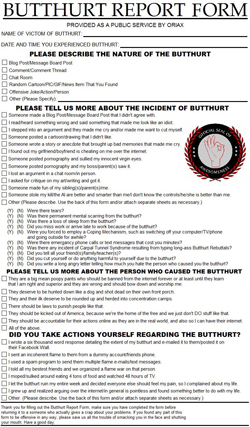


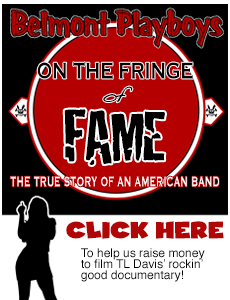


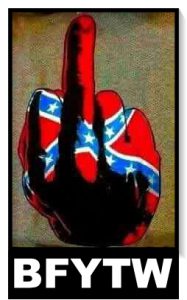
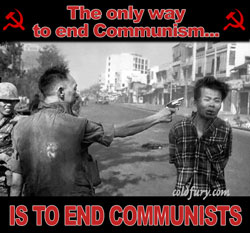
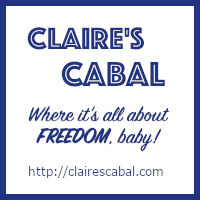


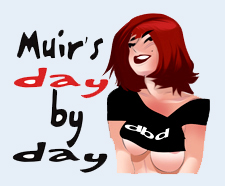
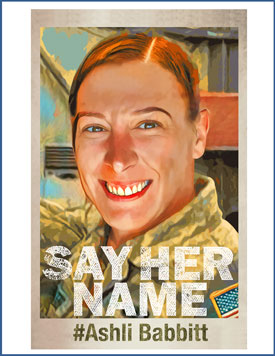
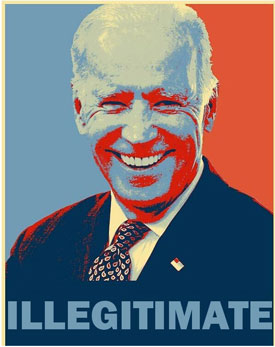
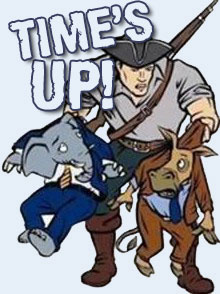

 - Entries
- Entries
Latest Comments